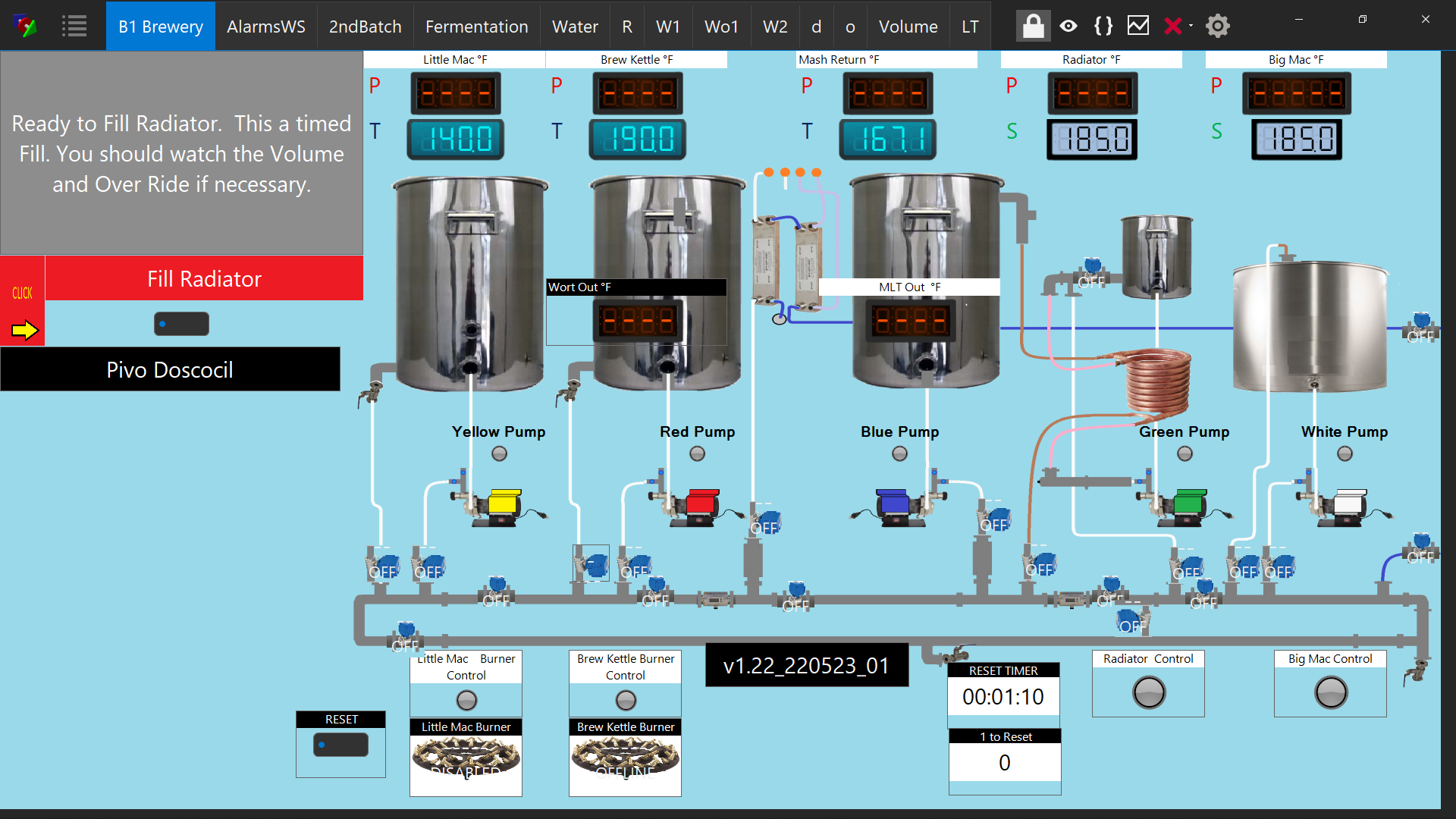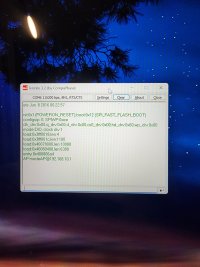I would think that you want a fairly fast Whirlpooling speed and let it settle. We run uncooled tap water thru the chiller while Whirlpooling for 15 minutes. We let settle for 15 minutes and the Whirlpooling slows down by itself. We do not throttle down the output for Whirlpooling.
We also use a two stage Chiller. By pre cooling during the Whirlpool, we use a second plate chiller that cools the tap water with glycol when transferring to fermenter.
It would be neat to have the proportional valve on the output for the Wort. We use a manual ball valve.
That being said, we can normally use full flow through the Plate Chiller to the fermenter.
Big Hint: Have a BruControl controlled valve on your cooling hose water and have it shut off on a timer. I don't know how many times we forgot to turn off the water!
We also use a two stage Chiller. By pre cooling during the Whirlpool, we use a second plate chiller that cools the tap water with glycol when transferring to fermenter.
It would be neat to have the proportional valve on the output for the Wort. We use a manual ball valve.
That being said, we can normally use full flow through the Plate Chiller to the fermenter.
Big Hint: Have a BruControl controlled valve on your cooling hose water and have it shut off on a timer. I don't know how many times we forgot to turn off the water!





















































![Craft A Brew - Safale BE-256 Yeast - Fermentis - Belgian Ale Dry Yeast - For Belgian & Strong Ales - Ingredients for Home Brewing - Beer Making Supplies - [3 Pack]](https://m.media-amazon.com/images/I/51bcKEwQmWL._SL500_.jpg)







